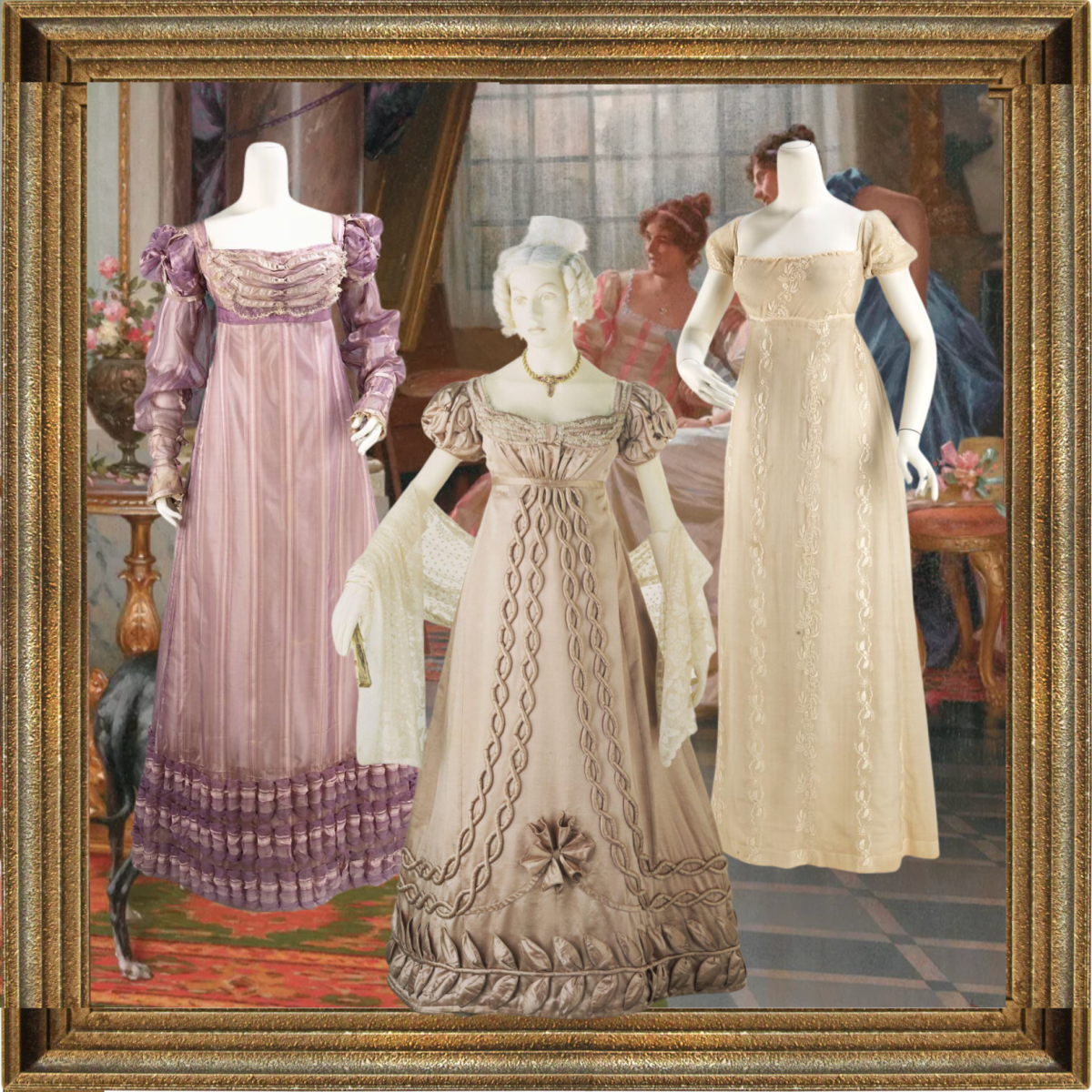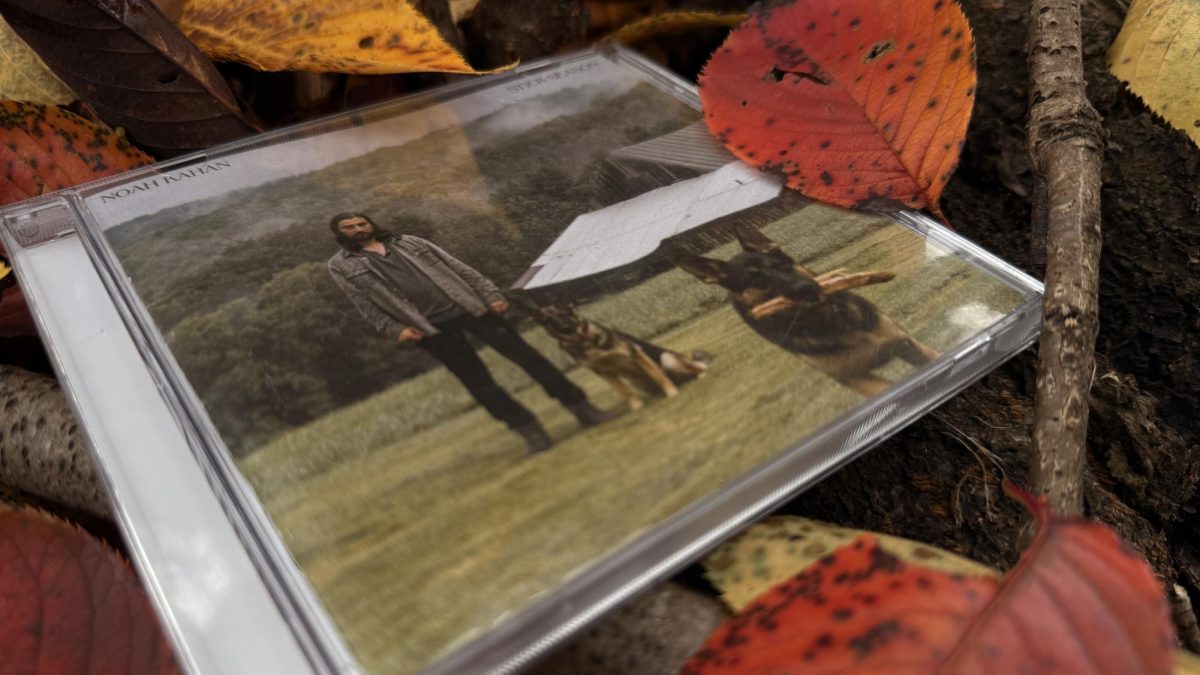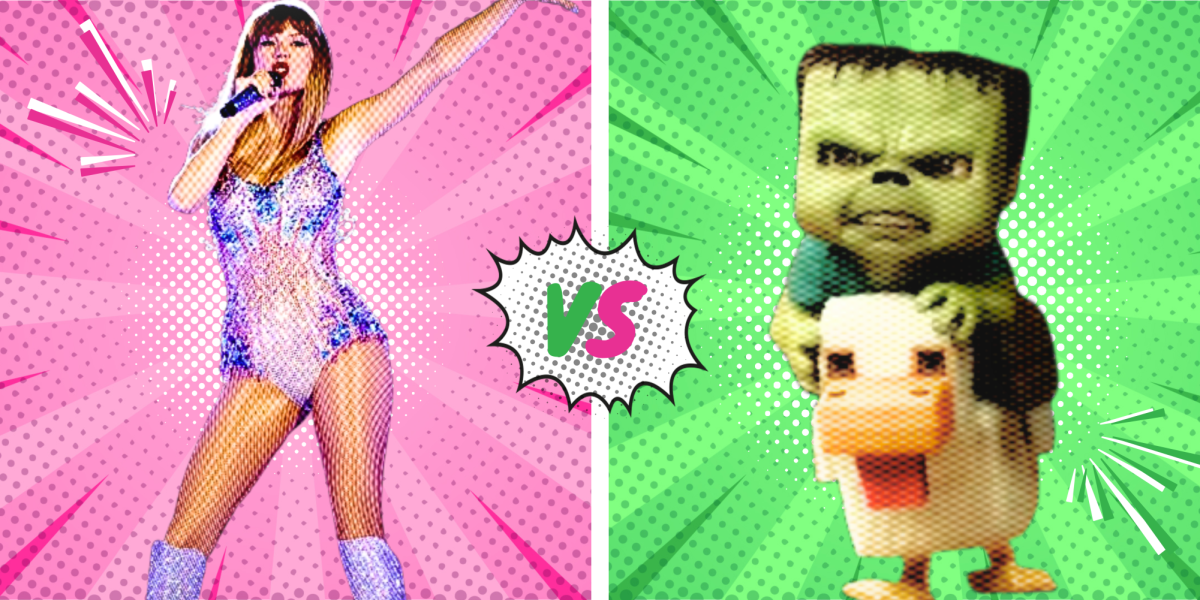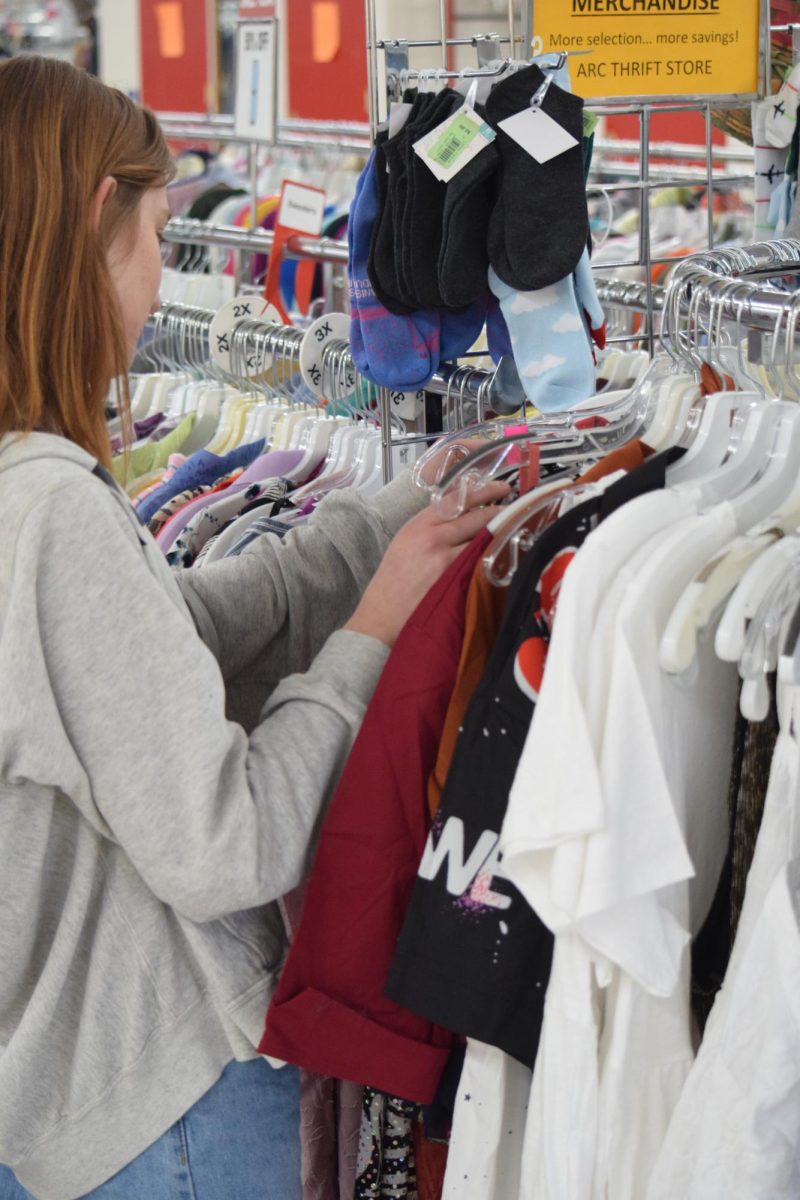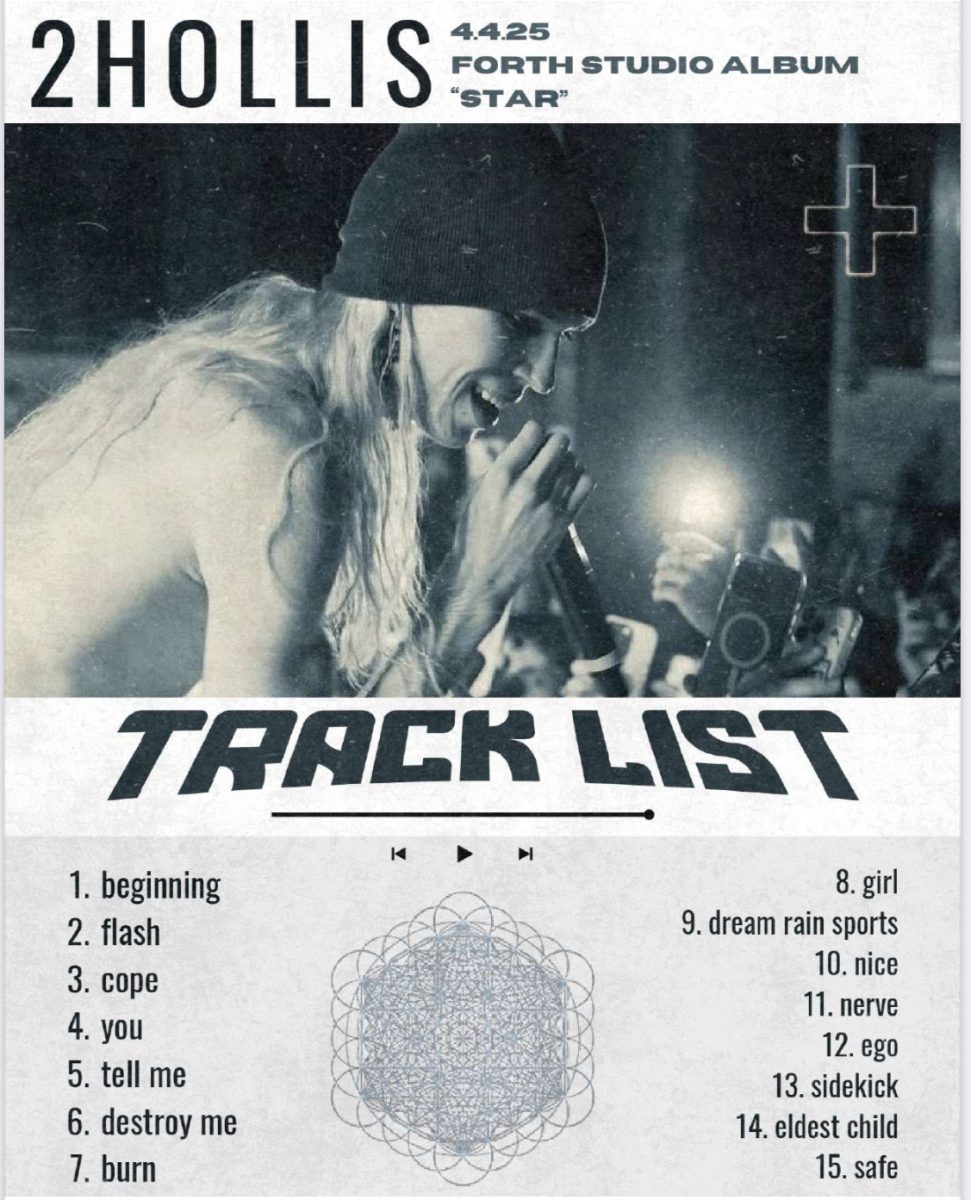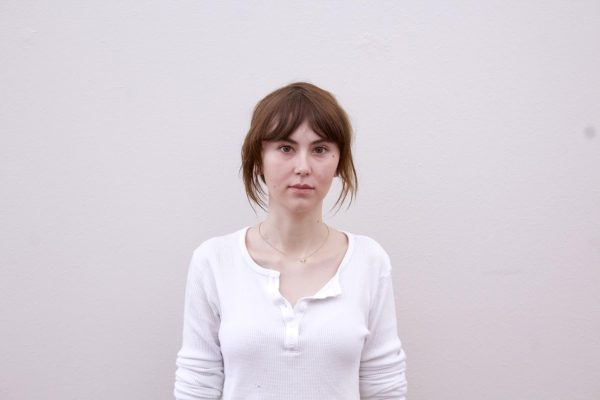Melodramatic social encounters, scandalous relationships, witty dialogue, all taking place within a country estate. Since “Bridgerton’s” release on Netflix, regency fashion has been en vogue for the past year or two, and it’s exciting to see historical recreations.
I love regency fashion for how feminine and romantic it is. The empire waistlines, embellishments, intricate patterns, and gentle colors. However, my criticism lies with the show that brought it back, “Bridgerton.”
Don’t get me wrong, “Bridgerton” has insanely gorgeous outfits, like Penelope’s metallic emerald dress covered in ivies and beading. But, they’re not accurate.
Historical dramas and period pieces are never an exact historical copy. Nowadays, fabrics are mass produced in factories and are made of fabric blends. Regency dresses were made with pure silk and linen and were hand-sewn, which would have cost an impossible amount of time and money that aren’t available for production.
The Bridgerton” modernizes regency fashion. With Cressida’s comically large haute-couture shoulderpads, and The Featherington’s citrus gowns in gaudy floral print. It is incredibly ironic for a show to bring back regency fashion firsthandly, but not conform to historical trends.
Noble regency women had different types of wear- afternoon, day, and night. These types of wear kept the column like silhouettes, high waistlines, and undergarments.
Undergarments worn underneath the gown played a massive role in fashion history, as they changed the body to the “ideal shape” of the time.
Women in the regency era wore a chemise; a long rectangle linen dress with a stay, petticoat, and stockings. Stays have a corset-like nature, they are laced across the back and lift the bust, but they offer minimal support. Petticoats provided warmth for the fine fabrics as well as shape and modesty. Stockings could be lacy, embroidered with flowers and vines, or have colors.
“Bridgerton” gets all of this wrong, opting for corsets and omitting stockings and chemises. It makes the outfits feel more like a designer’s collection rather than actual period wear.
Gowns were dropped to the ankles, created out of silk, and were made for specific occasions. Day dresses were seen with a spencer, a cropped jacket that ended below the bust. However, “Bridgerton” got rid of neck coverings and long, opaque sleeves, both which were required for day dress.
Historically, sleeves were long and necklines were deep-cut and covered in the day-time with a chemisette. Clothing had to be modest. Several undergarments were layered- the chemise, the corset, petticoats, gloves, stockings and other garments. “Bridgerton” opted for sheer sleeves and gloves and maintained the petticoats making it fairly accurate.
Evening gowns were delicately adorned with textiles, but interpretations used dramatic embroidered fabric, patterns, rhinestoning, and heavy usage of fabric and stayed true to the silhouette. The ball gowns they wear were impossible to create during the 1800’s. Fabric itself wasn’t embroidered, but had embroidery sewn on. Dresses were sheer with colored undergarments, lace, netting, flowers, and beadwork were all popular.
“Emma” starring Anya Taylor Joy was released in 2020. “Emma” stayed true to the reference. The entire cast was seen in traditional wear throughout the whole movie. Emma wore marigold pelisse coats and dusty rose spencers, bonnets, and the frilly neck coverings.
Despite “Bridgerton” having a budget 16 times larger than “Emma”. “Emma” was the most accurate recreation of regency fashion while appealing to modern audiences.
As regency fashion enters the mainstream, you can be contemporary with incorporating historical elements, but that’s the crucial thing: you actually have to incorporate the history. I was frustrated as I watched “Bridgerton” due to their disregard of historically accurate regency fashion, and I wish that they’d done better.

